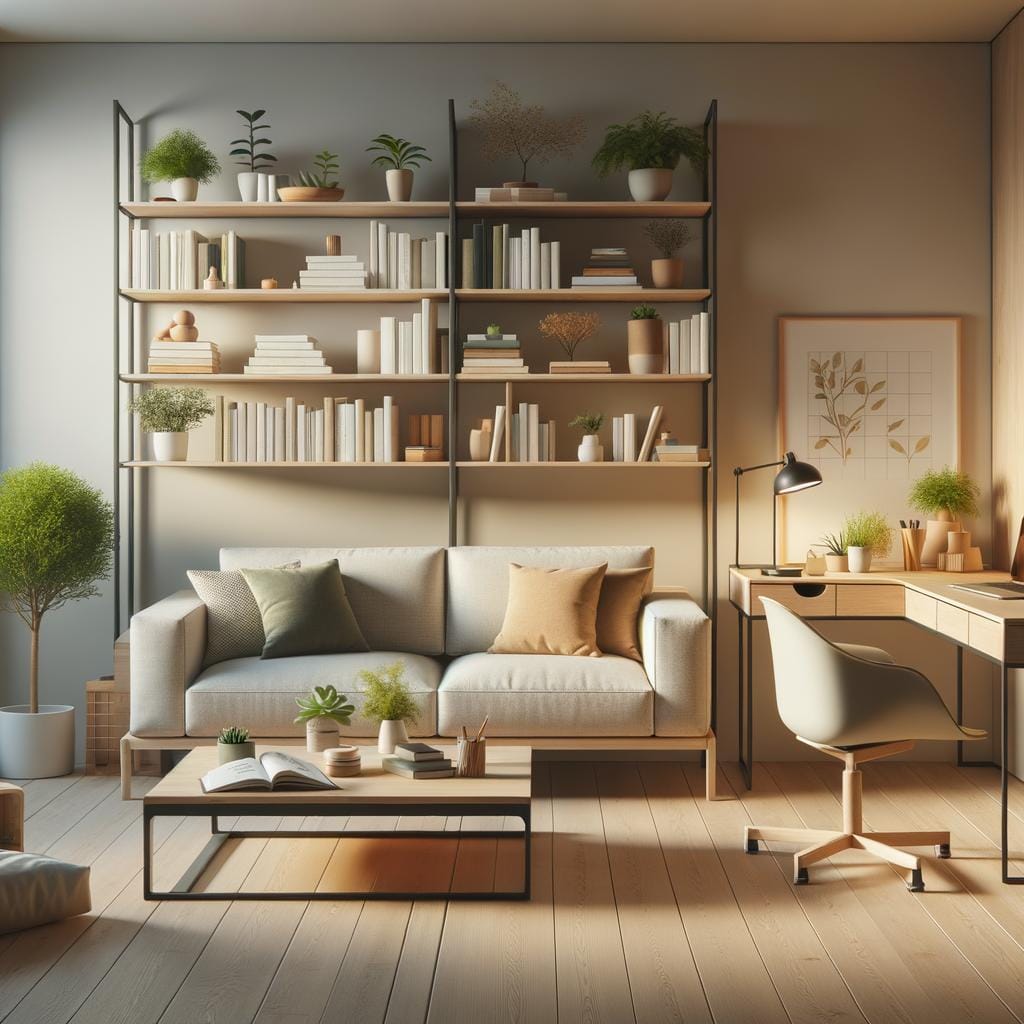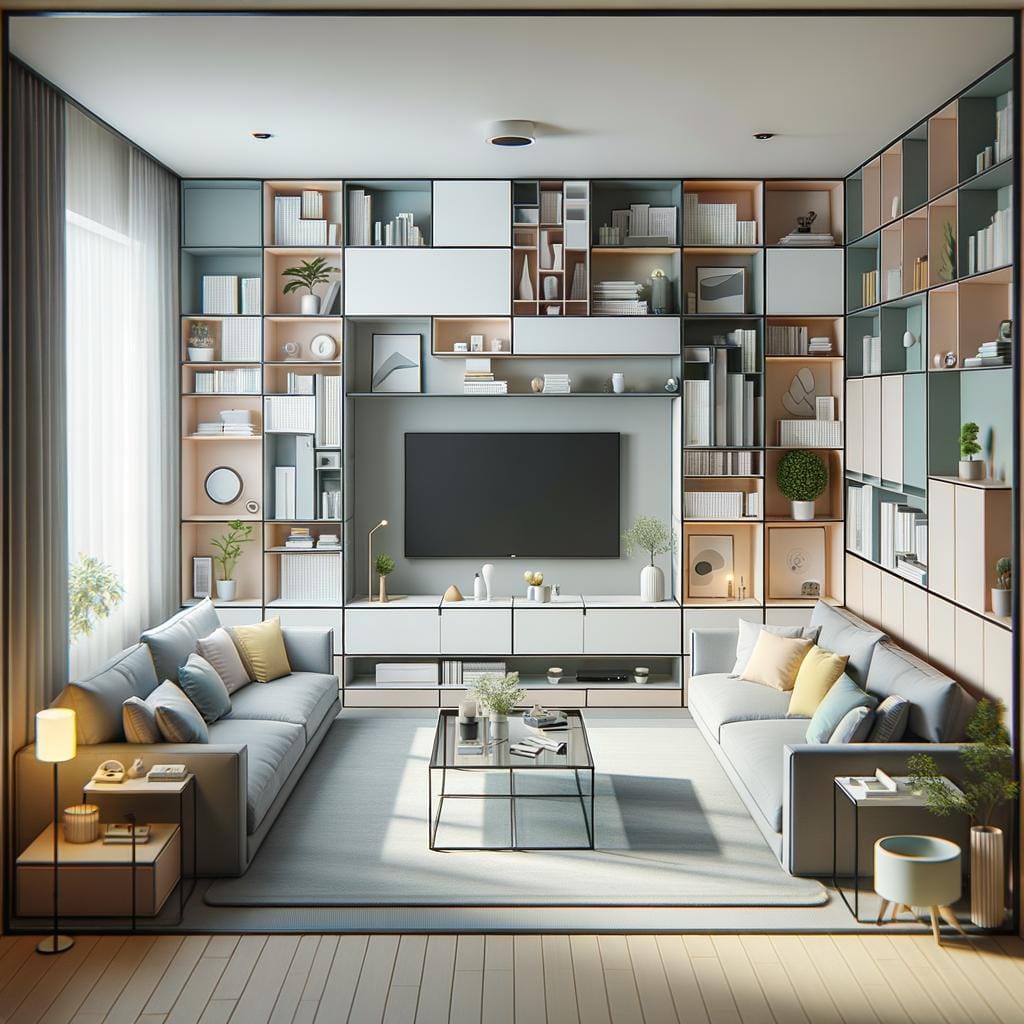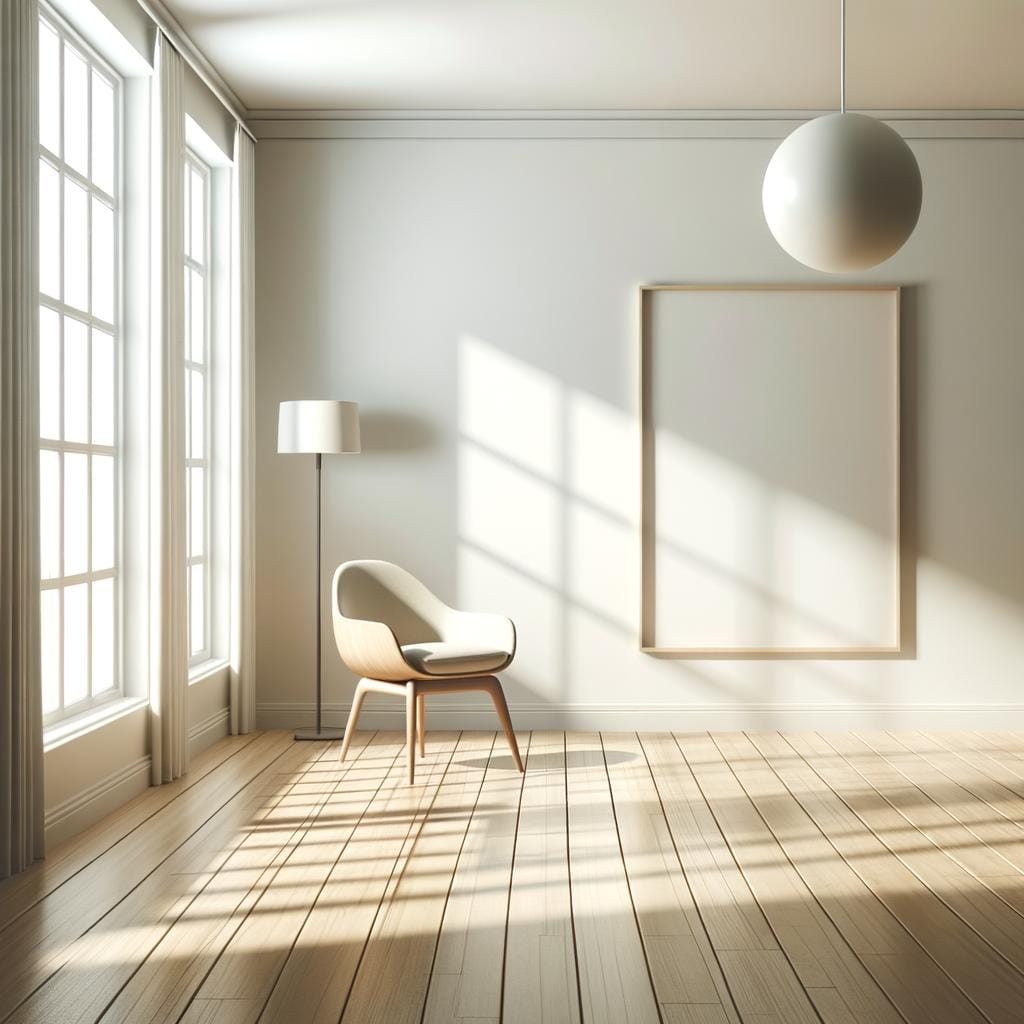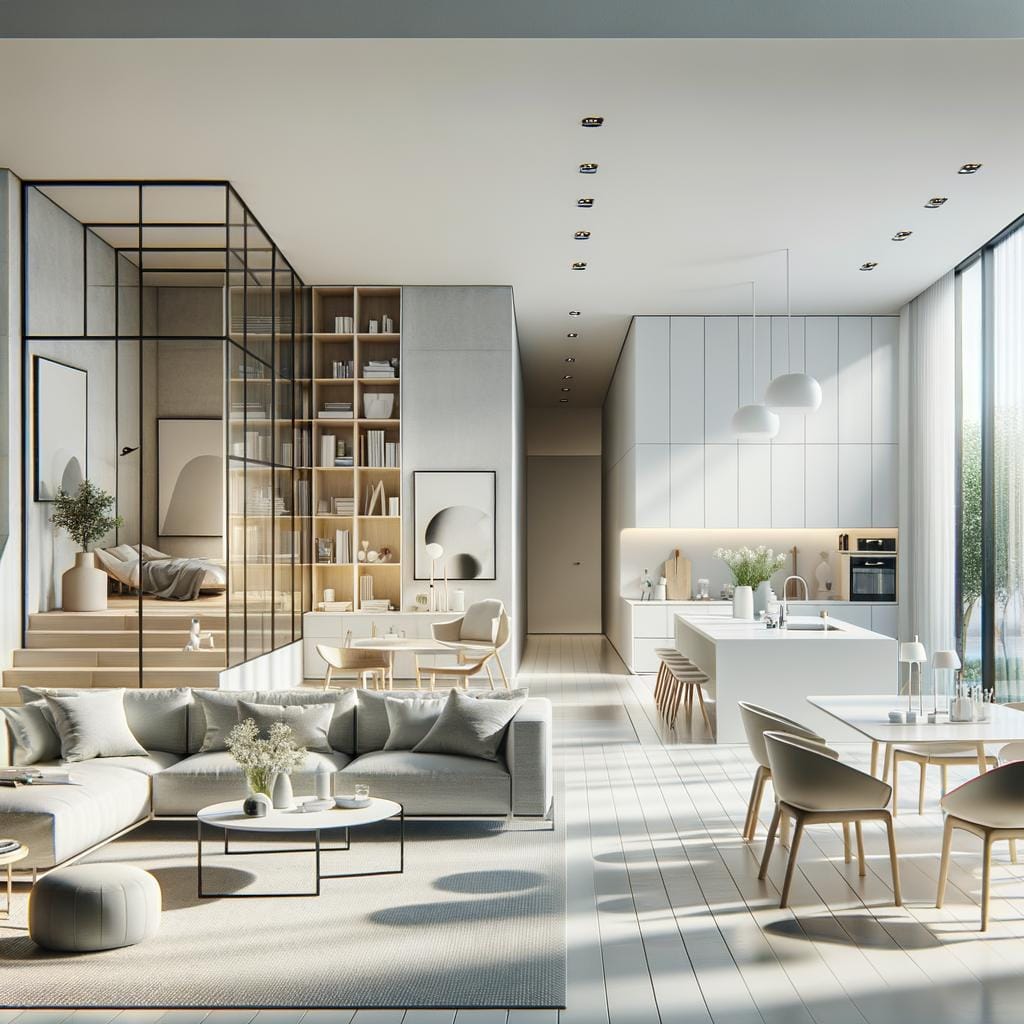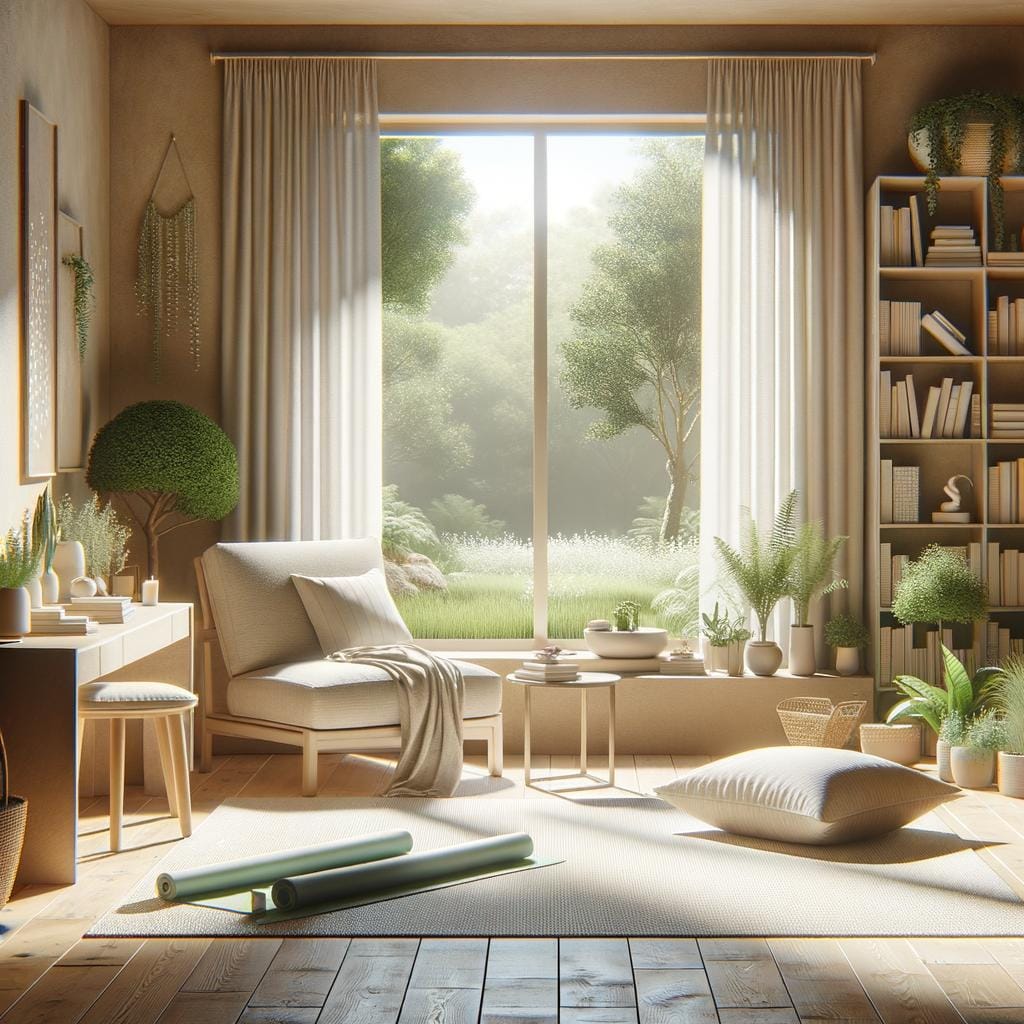Reducing furniture clutter is essential to creating a harmonious and organized living space. The accumulation of excess furniture not only adds visual chaos but also contributes to a sense of unease and disorder in your home. In this article, we will explore the detrimental effects of furniture clutter on your living environment and well-being, as well as provide practical tips and solutions to help you declutter and achieve a more serene and minimalist home.
The presence of unnecessary or oversized furniture can make a room feel cramped and overwhelming, hindering optimal functionality and flow within the space. Furniture clutter can also lead to increased stress levels, as the mind subconsciously processes the excess items as unfinished tasks or visual distractions. Understanding the impact of furniture clutter is crucial in motivating individuals to take action towards a more streamlined living environment.
By delving into the psychology behind our tendency to accumulate too much furniture, we can uncover the root causes of this behavior and address them effectively. From sentimental attachments to societal pressures, various factors influence our decision-making when it comes to furnishing our homes. Through self-reflection and awareness, we can begin to reassess our space, determine what truly serves a purpose, and let go of items that no longer contribute positively to our living environment.
The Psychology Behind Furniture Clutter
Furniture clutter can have a significant impact on the overall look and feel of your home. Not only does it make your space look crowded and disorganized, but it can also affect your mental well-being. The accumulation of excess furniture can create feelings of anxiety, stress, and overwhelm. Understanding why we accumulate too much furniture is essential in addressing this issue and creating a more harmonious living environment.
The psychology behind furniture clutter often stems from our consumer-driven society, where we are bombarded with advertisements promoting the latest trends and must-have items for our homes. This constant exposure to new furniture pieces can lead to impulse purchases and a desire to keep up with the latest styles, even if it means sacrificing functionality or comfort.
Additionally, sentimental attachments to certain pieces of furniture or the fear of letting go of items that may be needed in the future can also contribute to the accumulation of excess furniture.
To address the problem of reducing furniture clutter, it is important to assess your space carefully and determine what truly adds value to your home. Consider the functionality, aesthetics, and practicality of each piece of furniture in your space.
Ask yourself if you really need multiple coffee tables or an extra set of dining chairs. By being honest with yourself about what is essential and what is merely clutter, you can begin the process of decluttering effectively and creating a more visually pleasing and functional living environment that promotes peace and tranquility.
Assessing Your Space
When it comes to reducing furniture clutter in your home, one of the first steps you should take is assessing your space. By carefully evaluating each piece of furniture in your home, you can determine what needs to stay and what needs to go. This process can help you create a more organized and functional living environment.
To effectively assess your space, consider the following tips:
- Take inventory: Make a list of all the furniture items in each room of your home.
- Consider functionality: Evaluate whether each piece of furniture serves a practical purpose or if it is simply taking up space.
- Assess aesthetics: Determine if the style and design of each piece align with your current decor preferences.
Once you have completed a thorough assessment of your space, you can start making decisions about what furniture items should stay and which ones should go. Keep in mind that the goal is not necessarily to get rid of everything, but rather to streamline and declutter your living space for a more harmonious environment.
Consider the following strategies when determining what needs to stay and what needs to go:
- Prioritize essential pieces: Identify key furniture items that are essential for daily use and comfort.
- Eliminate duplicates: If you have multiple pieces serving similar functions, consider keeping only one and letting go of the rest.
- Think about sentimentality: While sentimental value is important, be selective about which pieces truly hold significance for you.
By taking the time to assess your space and make thoughtful decisions about your furniture, you can successfully reduce furniture clutter in your home while creating a more streamlined and organized living environment. Remember that less can often be more when it comes to furnishing your living space.
Space-Saving Furniture Solutions
When it comes to reducing furniture clutter in your home, one of the key strategies is to make the most of your space by incorporating creative storage solutions. Multi-functional furniture pieces are a great way to optimize space while maintaining functionality. For example, consider investing in a storage ottoman that not only provides seating but also offers hidden storage inside. Additionally, wall-mounted shelves and vertical bookcases can help maximize vertical space in tight areas.
Another clever way to reduce furniture clutter is to seek out furniture with built-in storage compartments. Look for beds with drawers underneath, coffee tables with hidden compartments, or sofas with storage ottomans built into them. These pieces allow you to stow away items that contribute to a cluttered look, keeping your space organized and tidy. Furthermore, utilizing furniture items that can be easily folded or collapsed when not in use can help create more open space when needed.
Incorporating modular or adjustable furniture into your home can also be a game-changer in reducing furniture clutter. These pieces offer flexibility in terms of configuration and function, allowing you to adapt your furniture layout based on your needs. Whether it’s a modular shelving unit that can be rearranged at will or an extendable dining table that can accommodate guests when necessary, these versatile options help maximize space efficiency while minimizing clutter accumulation.
| Statistics | Insight |
|---|---|
| 70% | Percentage of people who feel more relaxed and less stressed after decluttering their living spaces |
| 42% | Percentage of Americans who believe they have too much clutter in their homes |
Decluttering Techniques
When it comes to reducing furniture clutter in your home, a step-by-step approach can be the most effective way to tackle the mess. Start by assessing each piece of furniture in every room. Ask yourself if it serves a purpose, if it brings you joy, and if it fits well within the space. If the answer is no, it might be time to let go of that piece.
Once you have identified the furniture items that need to go, create a plan for decluttering. This could involve selling, donating, or recycling unwanted pieces. Make sure to measure your space and consider what storage solutions may work best for maximizing the area without adding unnecessary clutter.
To make the decluttering process more manageable, break it down into smaller tasks. Set aside dedicated time each day or week to focus on decluttering specific areas or pieces of furniture. By taking small steps consistently, you can gradually reduce furniture clutter in your home and create a more organized living space.
| Statistics | Value |
|---|---|
| Homes with clutter are less likely to sell quickly | 77% |
| People spend an average of 12 days per year looking for misplaced items | $2,000+ |
Minimalist Design Tips
Embrace Simplicity
When aiming for a clutter-free home, adopting a minimalist design approach is key. Embrace simplicity by focusing on essential pieces of furniture that serve both functional and aesthetic purposes. Avoid overcrowding rooms with unnecessary items that can easily accumulate and contribute to furniture clutter. Opt for clean lines, neutral colors, and uncluttered surfaces to create a sense of openness and calmness in your living space.
Multi-Functional Furniture
One effective way to reduce furniture clutter is by investing in multi-functional pieces. Look for furniture items that can serve dual purposes, such as storage ottomans, sleeper sofas, or wall-mounted desks. These versatile pieces not only save space but also help eliminate the need for excessive furniture in your home. By choosing items that have additional storage options or can be easily transformed, you can maximize functionality without sacrificing style.
Organize With Intention
To maintain a clutter-free look in your home, organization is key. Create designated storage areas for different categories of belongings, such as books, electronics, or decor items.
Utilize bins, baskets, drawer dividers, and built-in shelving to keep items neatly tucked away and out of sight when not in use. By intentionally organizing your belongings and keeping surfaces clear of unnecessary objects, you can achieve a minimalist design that promotes a sense of peace and harmony in your living space while reducing furniture clutter.
Repurposing and Upcycling
When looking to create a clutter-free living space, repurposing and upcycling old furniture can be a fantastic way to breathe new life into your home decor without adding to the existing furniture clutter. By thinking creatively and outside of the box, you can transform old pieces into something functional and aesthetically pleasing. Here are some ideas on how you can repurpose and upcycle furniture:
- Turn an old dresser into a stylish kitchen island by removing the drawers, adding a countertop, and painting or staining it to match your kitchen’s aesthetic.
- Transform a wooden ladder into a trendy bookshelf by simply leaning it against the wall and adding shelves between each rung. This not only saves space but also adds a unique touch to your home.
- Repurpose an old door into a rustic dining table by attaching legs to the bottom and sanding or painting it to fit your desired look. This is a great way to add character to your dining area while reducing furniture clutter.
By incorporating these repurposing and upcycling ideas into your home decor, you not only reduce furniture clutter but also contribute to sustainability by giving old pieces of furniture new life. Not only will you save money by not purchasing new items, but you will also have one-of-a-kind pieces that add personality and charm to your living space. Embracing creativity and DIY projects can truly transform your home into a clutter-free oasis that reflects your unique style.
In addition to repurposing and upcycling old furniture, consider donating or selling items that no longer serve their purpose in your home. By parting ways with excess furniture, you not only create more space in your living environment but also give someone else the opportunity to enjoy those pieces in their own homes.
Remember that less is more when it comes to creating a minimalist design, so be selective in choosing which items stay and which ones go. With thoughtful consideration and creative thinking, you can achieve a clutter-free home that is both functional and visually appealing.
Maintenance and Organizational Tips
Maintaining a clutter-free home isn’t just about decluttering once and calling it a day. It requires consistent effort and organization to prevent furniture clutter from creeping back into your space. One effective tip for reducing furniture clutter in the future is to designate specific storage areas for different items. By assigning a place for everything, you can easily put things back where they belong after use, preventing them from piling up on tables or countertops.
Another key strategy to keep furniture clutter at bay is to regularly purge and donate items that are no longer needed or used. Make it a habit to go through your belongings every few months and assess whether you still need them. By continuously evaluating and decluttering, you can prevent unnecessary accumulation of items in your living space.
In addition, investing in multi-functional furniture pieces can also help in reducing furniture clutter in the long run. Opt for pieces that offer built-in storage solutions or serve more than one purpose, such as an ottoman with hidden compartments or a bed frame with drawers underneath. These space-saving furniture options not only add functionality to your home but also help minimize visual clutter by providing designated storage spaces within the furniture itself.
Conclusion
In conclusion, reducing furniture clutter is not just about creating a more visually appealing living space, but it also has many positive impacts on our overall well-being. By decluttering and organizing our furniture, we can create a more functional and relaxing environment that promotes peace of mind and reduces stress.
The process may seem daunting at first, but by following the steps outlined in this article – from assessing your space to implementing space-saving solutions and decluttering techniques – you can achieve a minimalist and clutter-free living space.
Implementing minimalist design tips can further enhance the look and feel of your home, creating an atmosphere of simplicity and tranquility. By incorporating clean lines, simple colors, and strategic placement of furniture, you can transform your space into a serene oasis free from unnecessary distractions. Additionally, repurposing and upcycling old furniture instead of adding new pieces can both reduce waste and add character to your home without contributing to furniture clutter.
By maintaining organizational habits and regularly reassessing your belongings, you can prevent furniture clutter from building up again in the future. Implementing storage solutions that maximize space usage and getting rid of items that no longer serve a purpose will help you keep a clutter-free living space for the long term. With dedication to maintaining a minimalist approach to interior design, you can enjoy the benefits of a clean, organized, and relaxing home environment for years to come.
Frequently Asked Questions
How Do You Declutter When You Have Too Much Stuff?
Decluttering when faced with too much stuff can be overwhelming, but starting small is key. Begin by tackling one area at a time, sorting items into keep, donate, or discard piles. Setting specific goals and creating a routine for decluttering regularly can help prevent accumulation.
How Do I Stop Accumulating Clutter?
To stop accumulating clutter, it’s important to change the habits that lead to acquiring unnecessary items. Avoid impulse purchases by practicing mindful shopping and asking yourself if an item is truly needed before buying it. Regularly audit your belongings and let go of things that no longer serve a purpose.
How Do I Keep My House Uncluttered?
Keeping your house uncluttered requires consistent effort and organization. Establish designated spaces for different categories of items and make it a habit to return things to their proper place after use. Regularly decluttering, cleaning up as you go, and involving the whole family in maintaining a clutter-free home are important strategies to prevent chaos from building up again.

Hello, I’m April Denton, your go-to expert for all things home decluttering and organization. With over a decade of experience helping individuals transform their living spaces into serene, clutter-free sanctuaries, I am passionate about the life-changing benefits of decluttering. My journey into the world of organization began out of necessity, juggling a busy career and a bustling household. I quickly realized that a well-organized home was the key to a more balanced, stress-free life.

